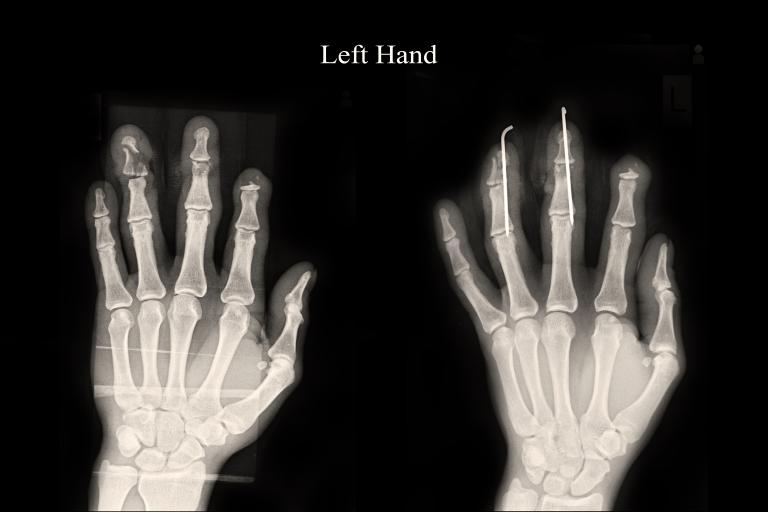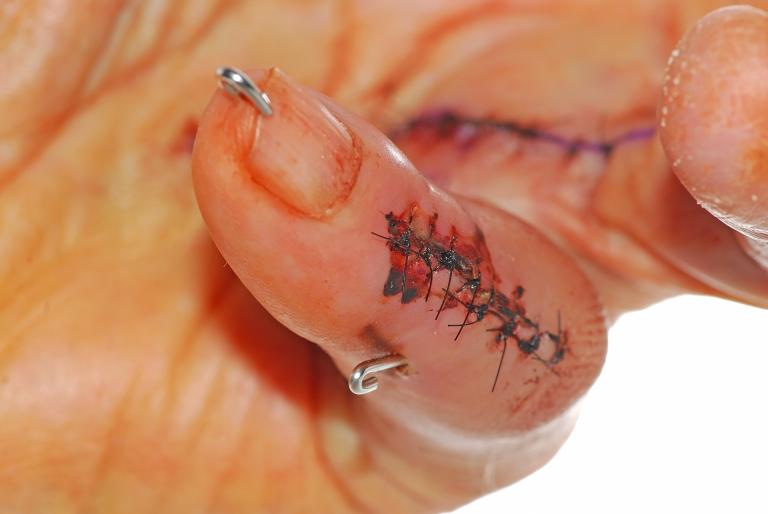
When to See a Reconstructive Plastic Surgeon who specialises in Hand Surgery
Hand fractures can cause significant problems for hand function and appearance if not managed properly. Getting a timely review of your injury and medical imaging ensures that your fracture is managed appropriately. The additional benefit of seeing a Reconstructive Plastic Surgeon who specialises in Hand Surgery is that injuries of the soft tissues (tendons, nerves, arteries and skin) can be managed expertly at the same time as your fracture.

















